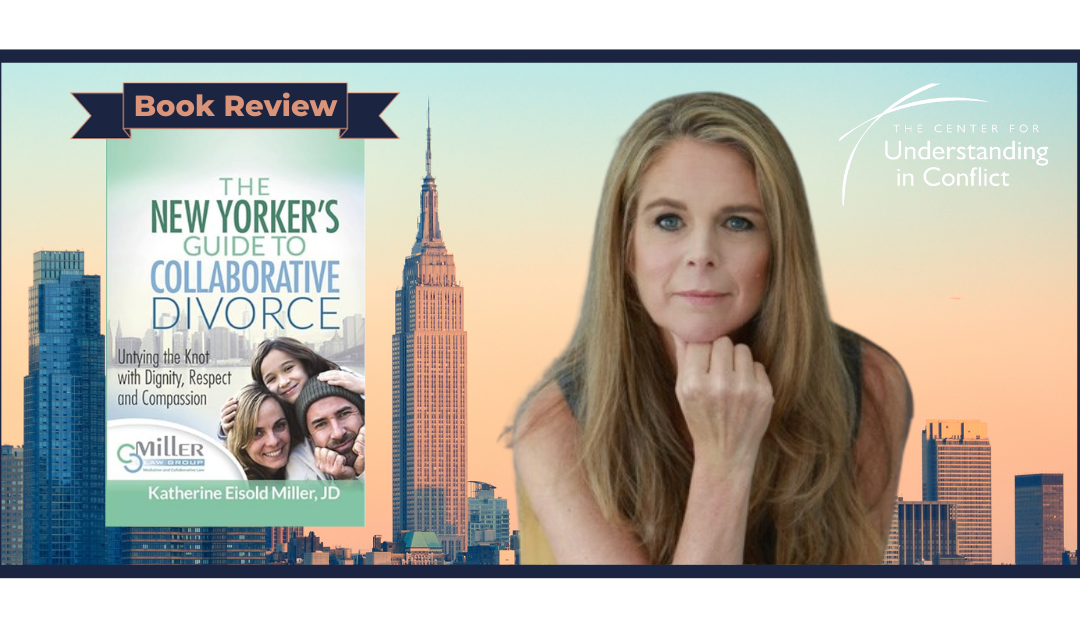In an era where divorce often conjures images of courtroom battles and bitter disputes, Katherine Eisold Miller’s The New Yorker’s Guide to Collaborative Divorce emerges as a beacon of hope and a testament to the power of dignified conflict resolution. Miller’s comprehensive guide offers a fresh perspective on divorce, emphasizing dignity, respect, and compassion as the cornerstones of the collaborative approach.
At its core, The Guide seeks to revolutionize how we perceive and navigate the dissolution of marriages. Drawing on her extensive experience as a family lawyer and mediator, Miller deftly guides readers through the intricacies of collaborative divorce. This process prioritizes open communication and mutual understanding over adversarial tactics, and Miller’s unwavering commitment to humanizing the divorce experience is one of the book’s most compelling aspects. She skillfully dismantles the misconception that divorce must inevitably culminate in acrimony and division. Instead, she presents a nuanced roadmap for couples to dismantle their union while preserving their dignity and emotional well-being. Through poignant case studies and empathetic anecdotes, Miller showcases the transformative potential of collaboration, illustrating that divorce need not be synonymous with hostility.
Miller underscores the pivotal role of effective communication in the collaborative process. She imparts invaluable techniques for cultivating active listening skills, fostering empathy, and articulating one’s needs and concerns. By empowering couples to engage in constructive dialogues, Miller lays the groundwork for sustainable agreements that stand the test of time. Her emphasis on fostering an environment of trust and respect sets this book apart as a genuine handbook for conflict resolution.
One of the book’s standout features is its practicality. Miller provides many tangible tools and resources to assist couples throughout their collaborative divorce journey. From sample communication scripts to comprehensive checklists, the text equips readers with the essential elements to navigate the process with confidence and clarity. This level of detail ensures that The Guide is not merely theoretical but a hands-on manual for those in the throes of divorce. The author’s expertise in conflict resolution is evident in her nuanced exploration of emotional dynamics. She delicately addresses the profound emotional toll divorce can exact on individuals and families. Through empathetic guidance, she encourages readers to embrace vulnerability and seek professional support. By acknowledging the emotional dimension of divorce, Miller demonstrates a sensitivity and insight often lacking in conventional divorce literature.
The New Yorker’s Guide to Collaborative Divorce triumphs, and Katherine Eisold Miller’s compassionate and pragmatic approach offers hope for couples navigating the challenging terrain of divorce. With its emphasis on dignity, respect, and compassion, this book is a vital resource for anyone seeking a more humane and harmonious path to dissolution. It is a testament to the transformative power of collaborative divorce and is an invaluable guide for those committed to untangling marriage knots with grace and integrity.
In the New York area and interested in conflict resolution and matrimonial mediation? Join collaborative practitioners Katherine Miller, Antoinette Delruelle, Ivan Alter, and Michelle Minovi for the 24-Hour Basic Mediation Training (East Coast) and 16-Hour Advanced Matrimonial Mediation Training Online (East Coast)

